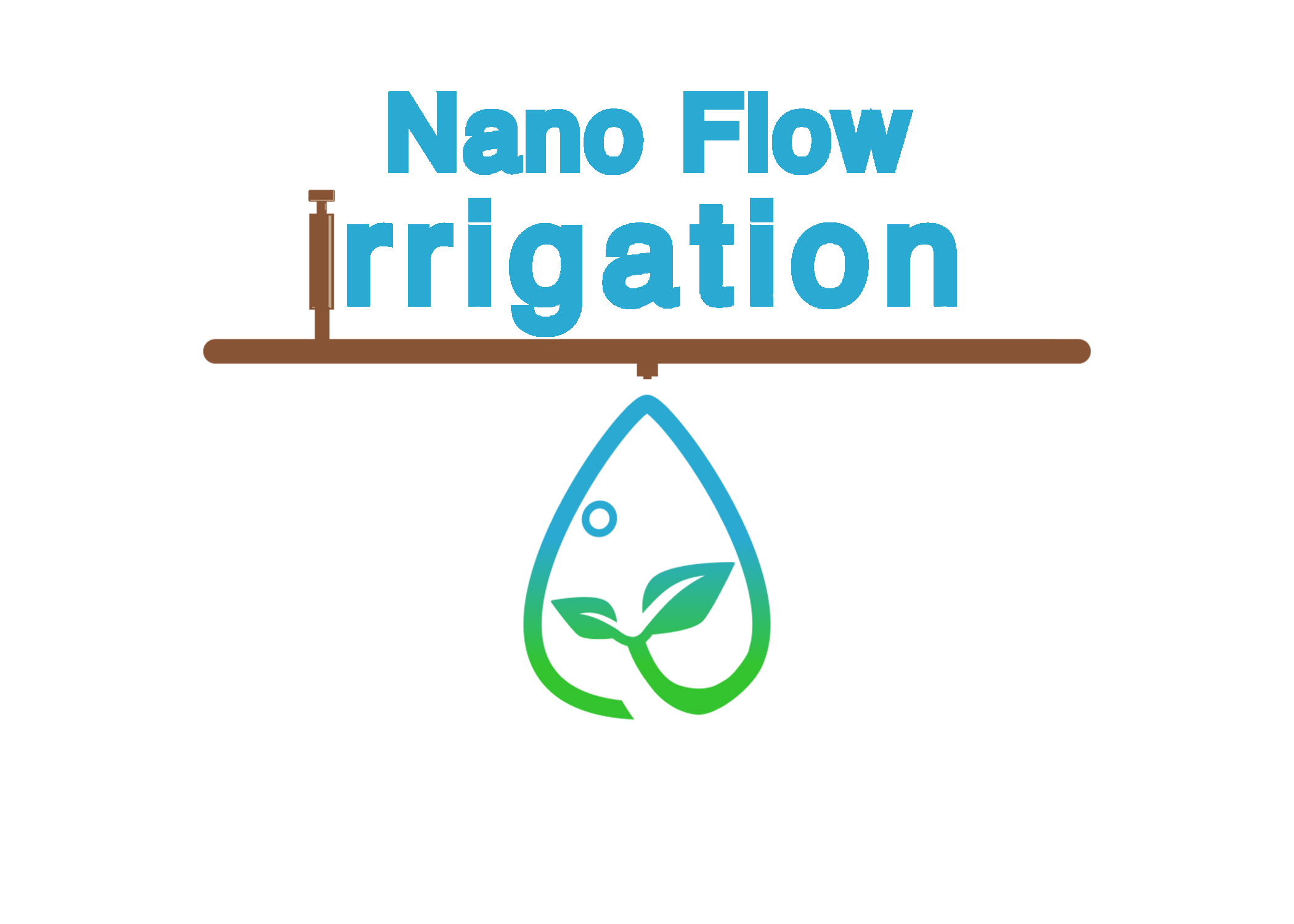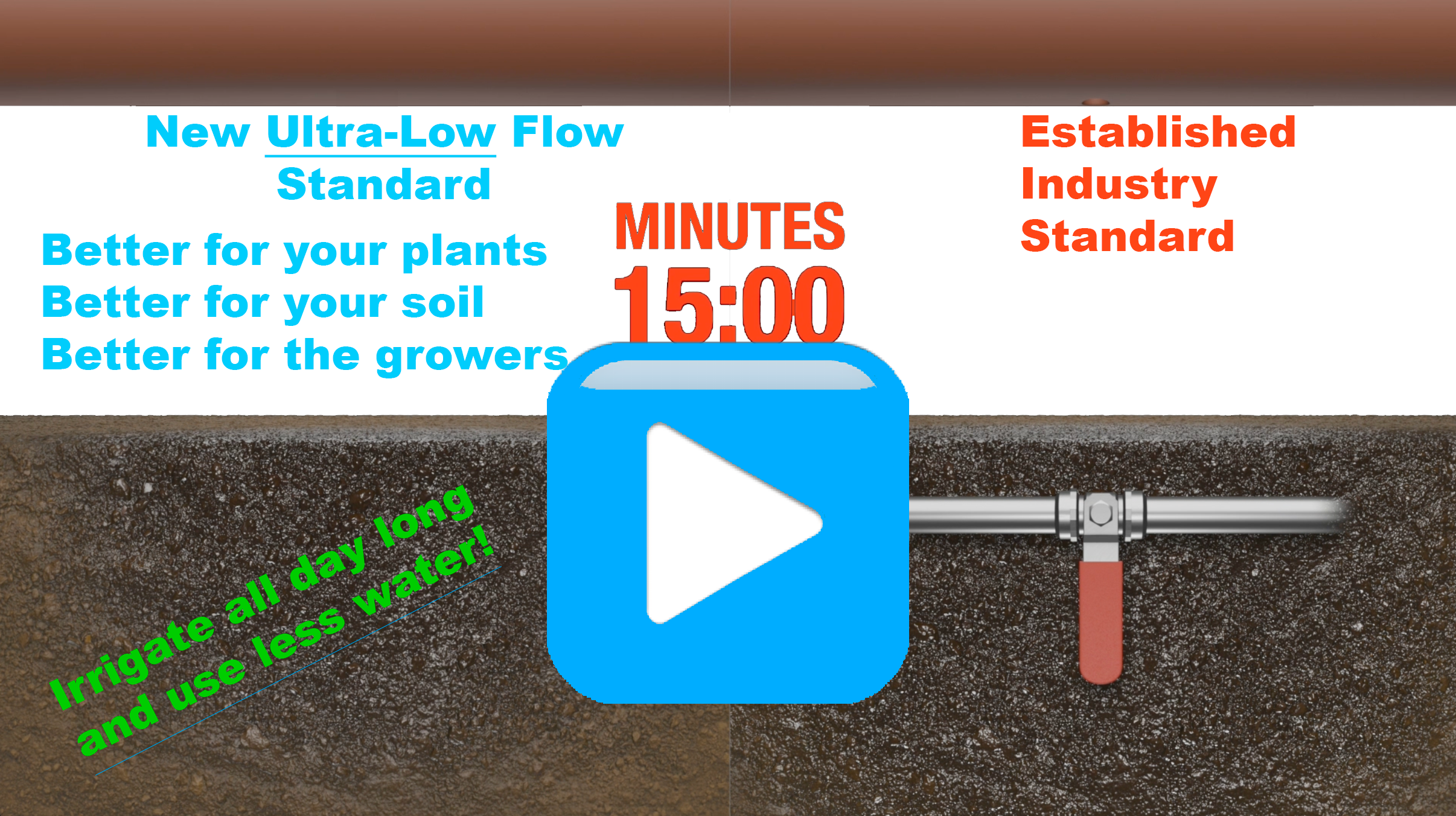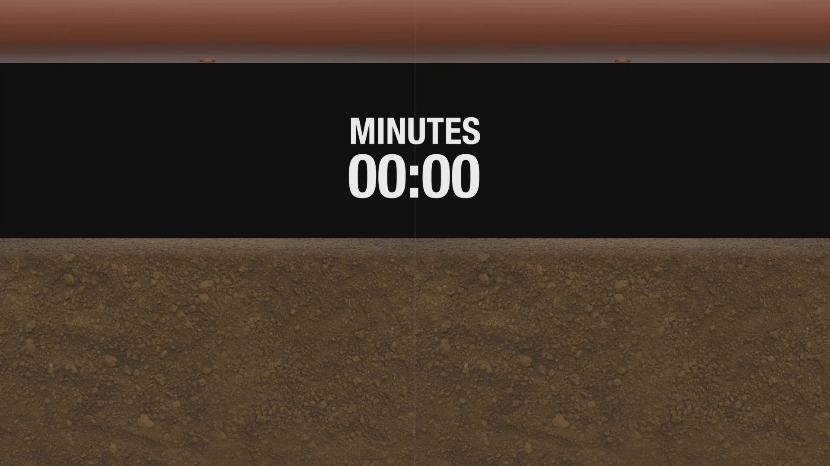If you can turn it on and leave it running… why waste water?
- Supplement plants for longer periods
- Reduce on-demand water and energy
- Ease soil tension and compaction
- Lower flow velocity, friction losses, and infrastructure needs
- Save water while boosting production
Less pressure loss means better uniformity.
There are roughly 20 drops in 0.001 liters of water.



